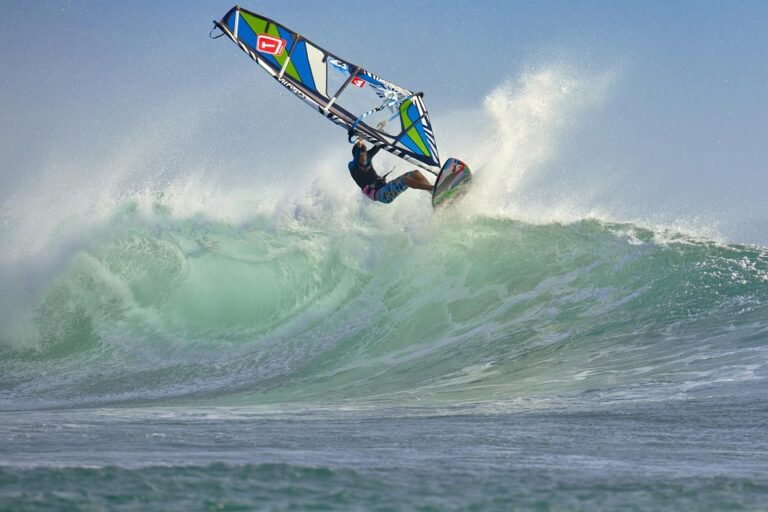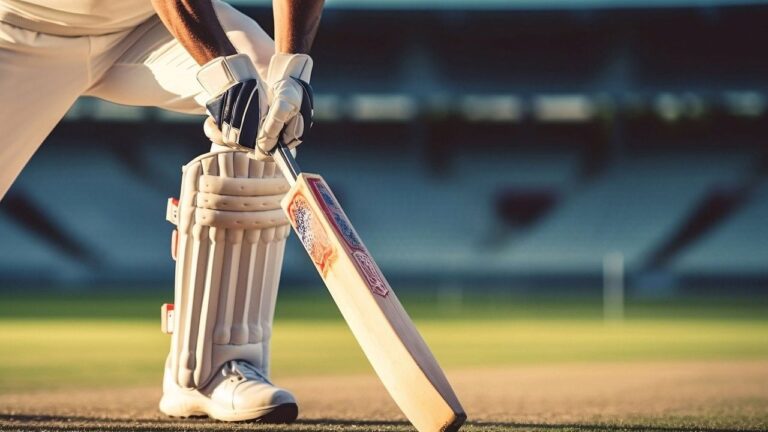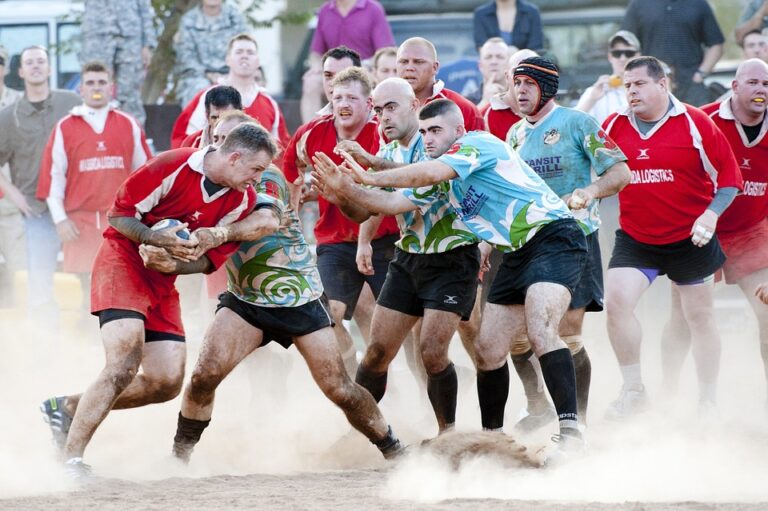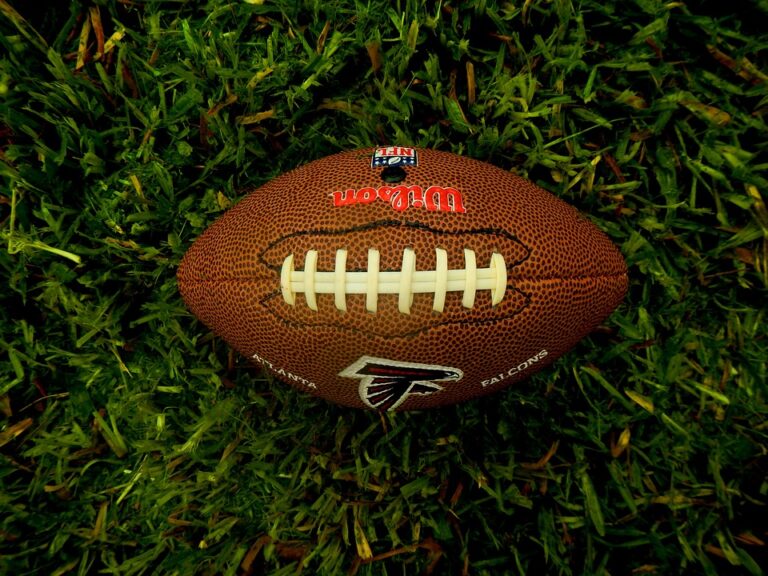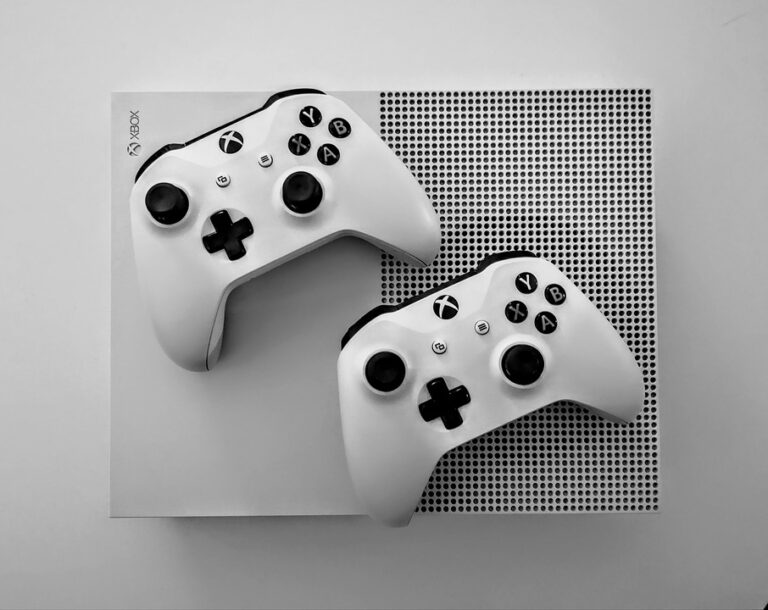Tennis Rivalries Through the Decades
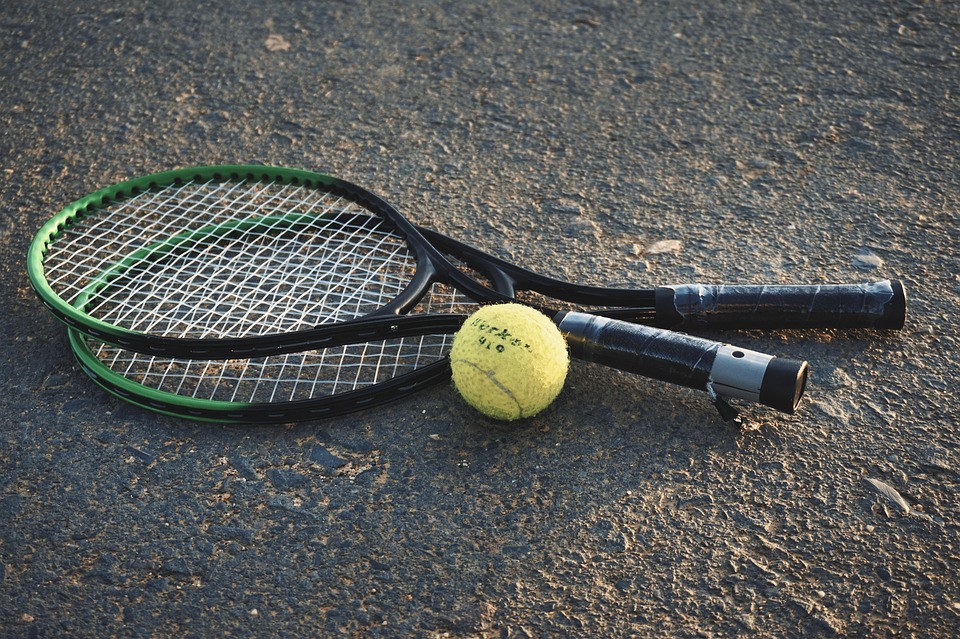
The world of tennis has always been electrified by the intense rivalries that define each era, captivating fans and pushing athletes to their limits. These rivalries not only shape the players involved but also elevate the sport to new heights of popularity and excellence.
From the classic battles of the early 20th century to the modern-day contests that enthrall millions, tennis rivalries have been a cornerstone of the sport’s rich history.
The Early Days: Tilden vs. Johnston
In the 1920s, tennis was dominated by the rivalry between Bill Tilden and Bill Johnston. Tilden, known for his charismatic personality and powerful play, was a giant in the sport, both literally and figuratively. Johnston, on the other hand, was the quintessential underdog, embodying grit and determination. Their clashes, particularly at the U.S.
Championships, were legendary, setting the stage for the popularity of tennis in America. Tilden’s six consecutive U.S. Championship wins from 1920 to 1925 were interrupted by Johnston in 1923, highlighting the fierce competition between them.
The 1950s and 60s: Hoad vs. Rosewall
As tennis evolved, so did its rivalries. The 1950s and 60s saw the rise of two Australian greats, Lew Hoad and Ken Rosewall. Their rivalry was marked by contrasting styles: Hoad’s powerful serve-and-volley against Rosewall’s strategic baseline play.
Together, they dominated the tennis scene, with their most notable battles occurring in the finals of the Australian Championships. Hoad won two consecutive Wimbledon titles in 1956 and 1957, while Rosewall went on to have a longer and more decorated career, capturing eight Grand Slam titles.
The 1970s: Borg vs. McEnroe
The 1970s introduced a new level of intensity with the rivalry between Björn Borg and John McEnroe. Borg, the cool and collected Swede, was known for his ice-cold demeanor and relentless baseline game. In stark contrast, McEnroe, the fiery American, brought a fiery passion and aggressive style to the court.
Their battles were as much mental as physical, climaxing in the unforgettable 1980 Wimbledon final. Borg triumphed in five sets, but McEnroe avenged the loss a year later. This rivalry not only defined an era but also popularized tennis as a global sport.
The 1980s: Evert vs. Navratilova
On the women’s side, the 1980s were dominated by the rivalry between Chris Evert and Martina Navratilova. Evert, with her consistent baseline play, and Navratilova, with her aggressive serve-and-volley approach, were polar opposites on the court. Their rivalry spanned over 80 matches, with Navratilova leading the head-to-head count.
However, their mutual respect and sportsmanship set a benchmark for rivalries in women’s tennis. Together, they won 36 Grand Slam singles titles and helped elevate the popularity of women’s tennis worldwide.
The 1990s: Sampras vs. Agassi
The 1990s saw the emergence of a classic American rivalry between Pete Sampras and Andre Agassi. Sampras, often regarded as one of the greatest servers in the game’s history, was known for his calm demeanor and clinical precision. Agassi, with his charismatic personality and flamboyant style, was the antithesis of Sampras.
Their matches were a showcase of contrasting styles and personalities, with the 1999 Wimbledon final being one of their most memorable encounters. Sampras dominated the rivalry in terms of Grand Slam titles, but Agassi’s popularity helped bring a new audience to the sport.
The Modern Era: Federer vs. Nadal
As the new millennium dawned, tennis was blessed with one of its greatest rivalries: Roger Federer vs. Rafael Nadal. Federer, with his graceful play and all-court prowess, was the epitome of elegance on the court. Nadal, with his relentless energy and topspin-heavy forehand, was the embodiment of tenacity. Their rivalry transcended the sport, captivating fans across the globe.
Their battles on the clay courts of Roland Garros and the grass of Wimbledon are legendary, with each match contributing to their storied legacies. Federer’s 20 Grand Slam titles and Nadal’s 22 (as of 2023) highlight the intensity of their competition.
The Next Generation: Djokovic vs. Murray
In recent years, the rivalry between Novak Djokovic and Andy Murray has taken center stage. Both players emerged as part of the “Big Four,” alongside Federer and Nadal, and have shared numerous epic battles. Djokovic’s incredible athleticism and relentless baseline game have earned him multiple Grand Slam victories.
Murray, with his tactical brilliance and counter-punching style, has been a worthy adversary. Their rivalry reached its peak during the 2012 and 2013 seasons, with Murray’s triumph at the 2012 U.S. Open and 2013 Wimbledon final marking significant milestones in their head-to-head encounters.
The Future: Emerging Rivalries
As we look to the future, new rivalries are beginning to take shape, promising to continue the tradition of epic contests that define tennis. Young stars like Carlos Alcaraz, Jannik Sinner, and Coco Gauff are rising through the ranks, each bringing their unique skills and personalities to the court.
The potential for new rivalries among these emerging talents is immense, and fans eagerly anticipate the next chapter in tennis history.
Conclusion
Tennis rivalries have always been more than just a competition between two players. They are narratives that capture the imagination, inspire generations, and elevate the sport to new heights. As we reflect on the storied rivalries of the past and look forward to those of the future, we celebrate the passion, skill, and determination that define tennis and its enduring appeal.
Whether it’s the classic battles of Tilden and Johnston, the modern clashes of Federer and Nadal, or the emerging duels of tomorrow’s stars, tennis rivalries continue to be the heart and soul of the sport.


